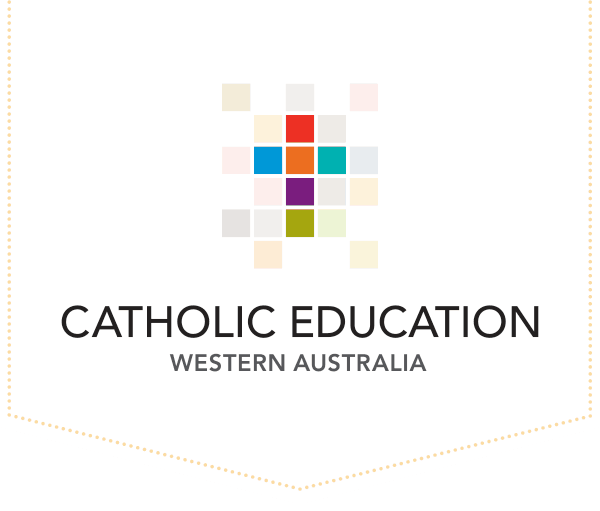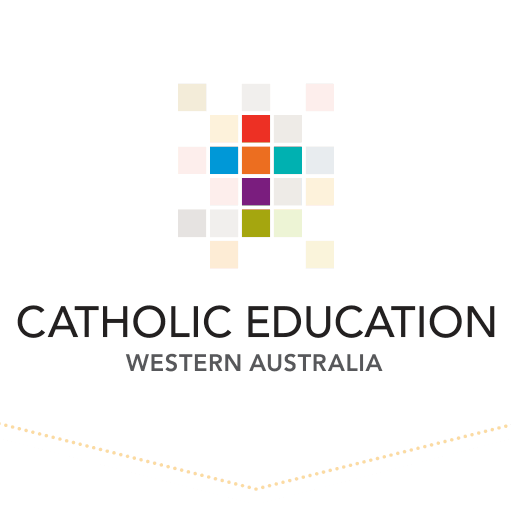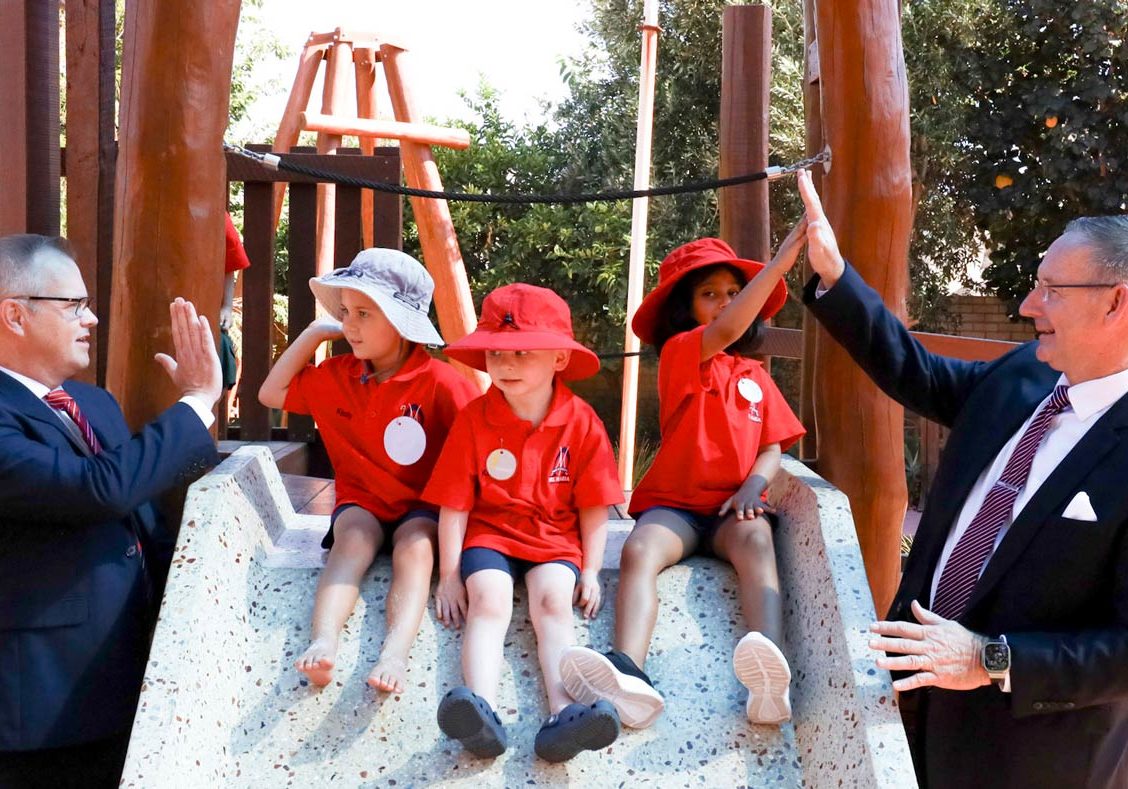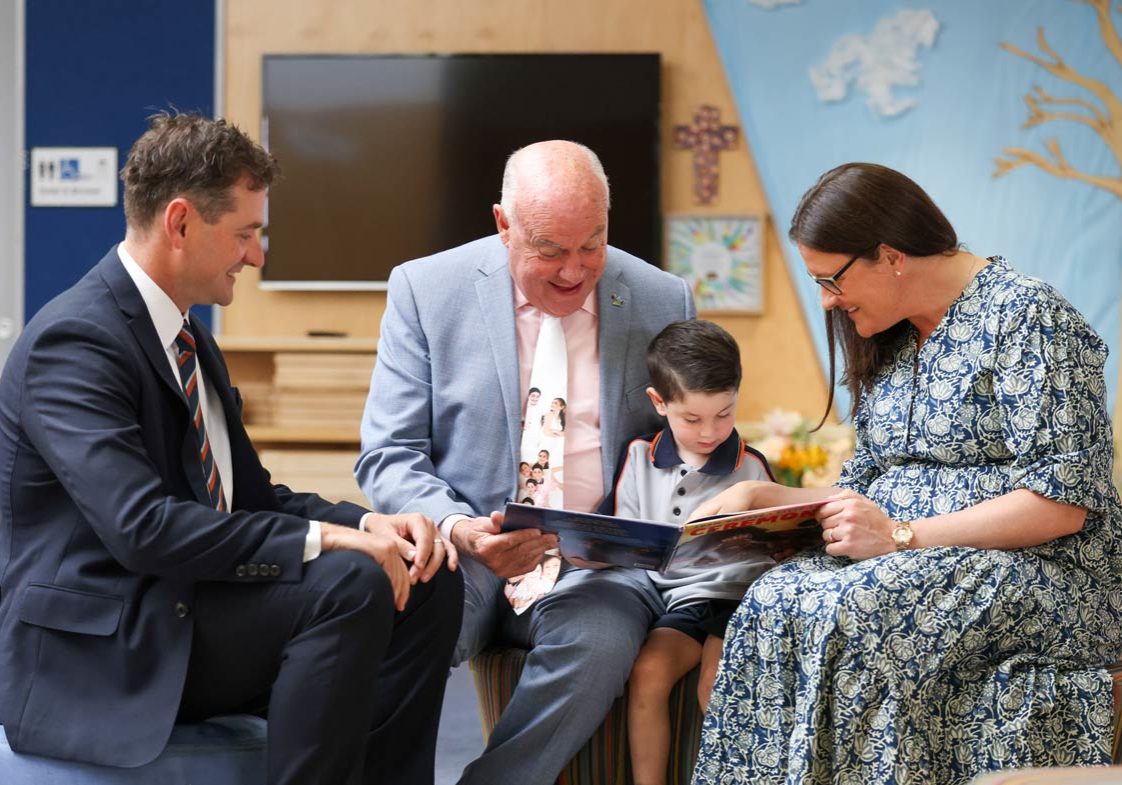Catholic schools for the future
13 May 2019
Published with permission from The Record
Educating almost one-in-five school-aged children in a state as vast as Western Australia is an enormous but extremely rewarding journey for Catholic Education Western Australia teachers, educators and support staff.
Supporting the development of more than 76,000 Western Australian children and young people, and providing them with engaged learning environments is a significant contribution to the provision of education across the State.
From humble beginnings in 1843, when the first Catholic school opened in Perth, the Church has responded to the needs of communities, providing a Catholic education for families who seek it.
Today, CEWA is a system of 162 schools – 110 primary, 52 colleges. Across these schools, there are 90 three-year-old Kindergarten programs and three long day care services, as well as 60 schools offering outside school hours care.
Acknowledging that the needs of some students are not met in mainstream education, CEWA has established four Curriculum and Re-Engagement (CARE) schools, as well as education support centres and learning support programs at many schools and colleges across Western Australia.
In the past 15 years CEWA has responded to the demand for Catholic education by establishing six new primary schools, two secondary schools, two composite (Kindergarten to Year 12) schools and one new early learning centre. With more than 16,000 additional students expected to seek enrolment at Catholic schools in WA by 2026, this looks set to continue.
With this predicted growth in the greater Perth region, CEWA’s Resources Team continually monitors and plans for the expansion of the system.
CEWA Executive Director Dr Debra Sayce said the key aims for CEWA in planning for this growth, were ensuring parental choice and providing inclusive, accessible and affordable education for Western Australian communities.
“To remain a sustainable system of schools, CEWA continually considers the changing needs of our communities and students, particularly how we can best provide equitable access to Catholic learning environments,” she said.
“A fundamental factor in achieving this is certainty around State and Federal government funding, particularly how funding provided can actually be used.
“In Australia, an average school education costs between $12,000 – $15,000 per student per year regardless of sector. In the case of Catholic schools, the combined Federal and State government funding for students accounts for approximately 77 percent of this, with the remainder being funded by parent contributions.
“There is a lot of public misinformation about education funding, and it is important for parents to appreciate the importance of government funding.
“In recent years, Australian governments have supported families having a choice in education for their children and it is reassuring for parents that both State and Federal governments are committed to this continuing.”
Dr Sayce said that if Government funding support stopped, low-fee, not-for-profit schools would need to significantly increase their fees to meet operational costs.
“If this were to happen, we would be concerned about the increased financial hardship that parents would face. This could also result in some families moving their children to State Government schools that may already be at capacity, generating additional costs to the State Government system.”
Dr Sayce said another area that CEWA was focusing on was capital funding to support infrastructure upgrades and expansions in schools.
“At present around 80 percent of capital investment at Catholic schools, like new classrooms and recreational facilities, is funded through building levies, fundraisers, low interest loans and discretionary capital grant funding,” she said.
“To meet future demand, we need to consider how we expand existing schools and build new schools in high growth areas, and importantly what capital funding support will be needed to do this.”
Dr Sayce said part of the CEWA’s mandate was to ensure accessible and affordable Catholic education and as a result had put in place a number of measures to ensure families in financial hardship have access to fee discounts or exemptions.
“We know there are many families in need in our community and our Catholic schools offer financial support through sibling discounts, scholarships and reduced rates for families on Health Care cards,” she said.
Dr Sayce said CEWA would continue to collaborate with Federal and State governments to ensure that funding for Catholic schools kept pace with the schooling needs of WA’s diverse population now and in the future.




